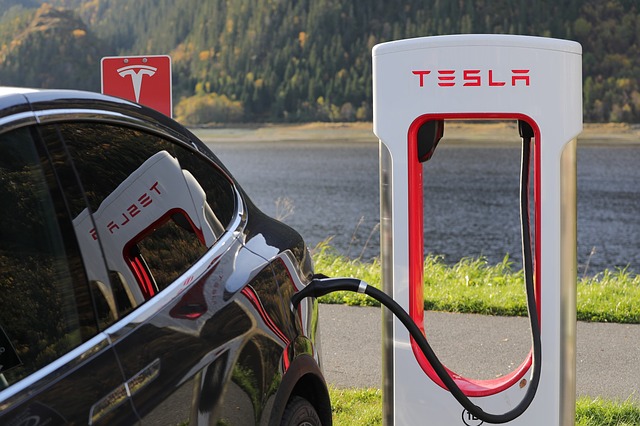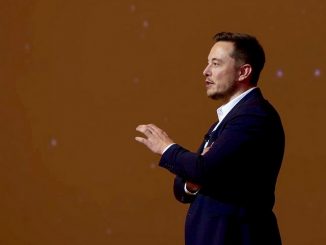
Last Friday, Tesla CEO Elon Musk unveiled his company’s recent product, the Tesla Model 3. The car was unveiled in Tesla’s (NASDAQ:TSLA) manufacturing plant in Fremont, California. Model 3 is the fourth electric vehicle (EV) in the company’s history, following the footsteps of 2008’s sports car Roadster, 2012’s luxury sedan Model S and 2015’s sports SUV Model X SUV. As a plug-in or battery EV, the Model 3 is an all- electric car designed by Tesla to grab some market share occupied by low-cost, fuel-powered cars. Is Model 3 up to the challenge?
The selling point of plug-in and hybrid EVs over conventional vehicles is that EVs are more environment-friendly. Plug-in EVs run solely on electricity which eliminates the need for engines running on diesel fuel or gasoline. As a result, they emit less carbon dioxide, smogs and other pollutants. Hybrid EVs are less environment-friendly than plug-in EVs because they run on both electricity and fossil fuel. However, hybrids don’t have those long and frequent recharging setbacks of plug-ins. Furthermore, hybrids are more environment-friendly than conventional cars as they use lesser fossil fuels.
With Elon Musk’s policy of moving “mine-and-burn hydrocarbon economy towards a solar electric economy”, his company has all these aspects covered. Tesla Inc. is the second largest manufacturer of pure electric cars in the world but the company is also into production of lithium ion battery packs–for storing the running power of an EV–and residential solar panels–for generating clean energy for running an EV.
Musk recently predicted that 10 years from now, 9.1 million electric cars will be produced in the US, which is more than 50% of newly produced cars. Currently, EVs still have a small market share, less than 1% of new sales globally. While lots of people are now getting conscious about the environment, there are several factors that prevent the EV industry in going full blast.
This 9.1 million estimate from Musk is calculated to be equivalent to 546 gigawatts-hours worth of battery packs. Tesla, which produces battery packs in its Nevada plant known as the gigafactory, can produce 50 to 150 gigawatts-hour per year. This plant, however, will only be fully operational by 2020, after 6 years of completion. To meet the demand of the 9.1 million electric cars by 2027, Tesla must build an additional 16 more plants.
In addition, for EVs to claim full environment-friendly features, electric cars must get their energy from clean energy sources like solar energy. If EVs will still get electricity derived from fossil fuels, then EVs are not entirely clean at all. Tesla must then build additional plants for solar panel production. The timeline for building more plants for battery packs and solar panels is not promising. As a counter to Musk’s prediction, Bloomberg New Energy Finance (BNEF) gave a more conservative estimate that 3.2 million electric cars will be produced by 2027.
In addition to the technical setbacks of battery packs and solar panels, the issue of pricing is also central for the EV industry. EVs are more expensive, have less mileage on a single charge and take a long time to recharge. BNEF says consumers will only switch to electric cars in the event that prices of electric cars and conventional cars will be comparable. Not everyone though is optimistic that prices of EVs will fall that fast. While Tesla has made great leaps with Model 3 to make electric cars accessible to lots of consumers, it is still a long way to go before EVs can replace family cars.



Leave a Reply